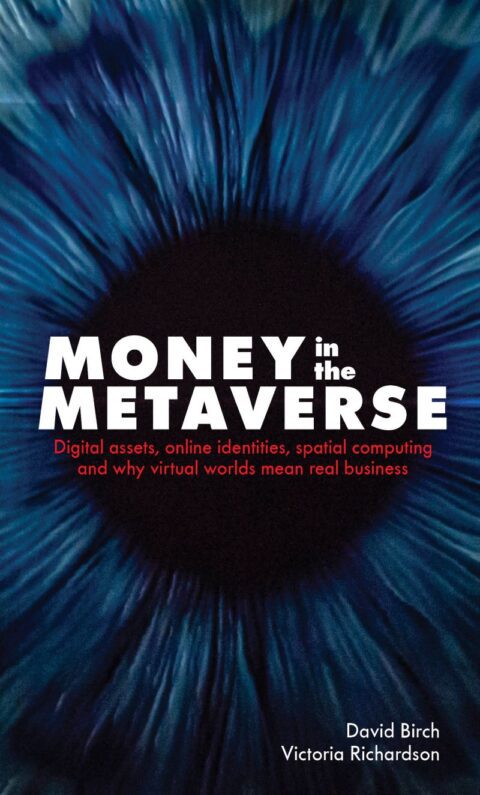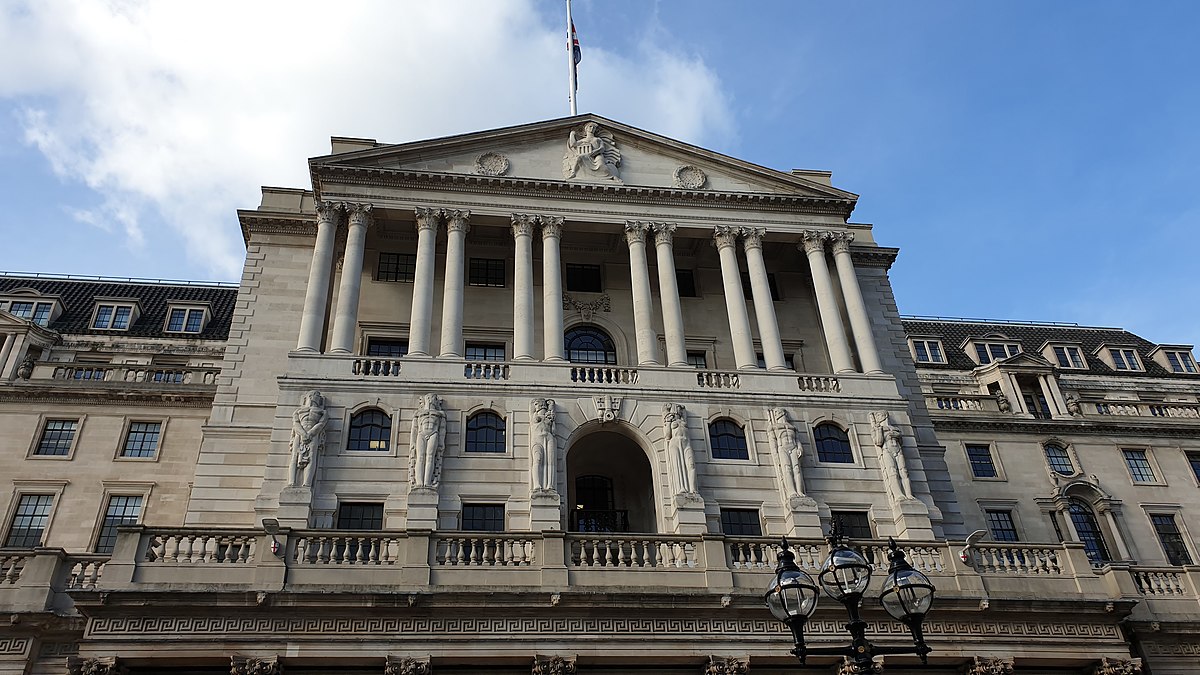Money in the Metaverse: Digital Assets, Online Identities, Spatial Computing, and Why Virtual Worlds Mean Real Business
by David Birch and Victoria Richardson
London Publishing Partnership
ISBN: 978-1-916749-05-4
In my area of London there are two buildings whose architecture unmistakably identifies them as former banks. Time has moved on, and one houses a Pizza Express, the other a Tesco Direct. The obviously-built-to-be-a-Post-Office building, too, is now a restaurant, and the post office itself now occupies a corner of a newsagent’s. They ilustrate a point David Birch has frequently made: there is nothing permanent about our financial arrangements. Banking itself is only a few hundred years old.
Writing with Victoria Richardson, in their new book Money in the Metaverse: Birch argues this point anew. At one time paper notes seemed as shocking and absurd as cryptocurrencies and non-fungible tokens do today. The skeptic reads that and wonders if the early days of paper notes were as rife with fraud and hot air as NFTs have been. Is the metaverse even still a thing? It’s all AI hype round here now.
Birch and Richardson, however, believe that increasingly our lives will be lived online – a flight to the “cyburbs”, they call it. In one of their early examples of our future, they suggest it will be good value to pay for a virtual ticket (NFT) to sit next to a friend to listen to a concert in a virtual auditorium. It may be relevant that they were likely writing this during the acute phase of the covid pandemic. By now, most of the people I zoomed with then are back doing things in the real world and are highly resistant to returning to virtual, or even hybrid, meetups.
But exactly how financial services might operate isn’t really their point and would be hard to get right eve if it were. Instead, their goal is to explain various novel financial technologies and tools such as NFTs, wallets, smart contracts, and digital identities and suggest possible strategies for businesses to use them to build services. Some of the underlying ideas have been around for at least a couple of decades: software agents that negotiate on an individual’s behalf, and support for multiple disconnected identities to be used in the different roles in life we all have, for example. Others are services that seem to have little to do with the metaverse, such as paperless air travel, already being implemented, and virtual tours of travel destination, which have been with us in some form since video arrived on the web.
The key question – whether the metaverse will see mass adoption – is not one Birch and Richardson can answer. Certainly, I’m dubious about some of the use cases they propose – such as the idea of gamifying life insurance by offering reduced premiums to those who reach various thresholds of physical activity or healthy living. Insurance is supposed to manage risk by pooling it; their proposal would penalize disability and illness.
A second question occurs: what new kinds of crime will these technologies enable? Just this week, Fortune reported that cashlessness has brought a new level of crime to Sweden. Why should the metaverse be different? This, too, is beyond the scope of Birch’s and Richardson’s work, which is to explain but not to either hype or critique. The overall impression the book leaves, however, is of a too-clean computer-generated landscape or smart city mockup, where the messiness of real life is missing.

